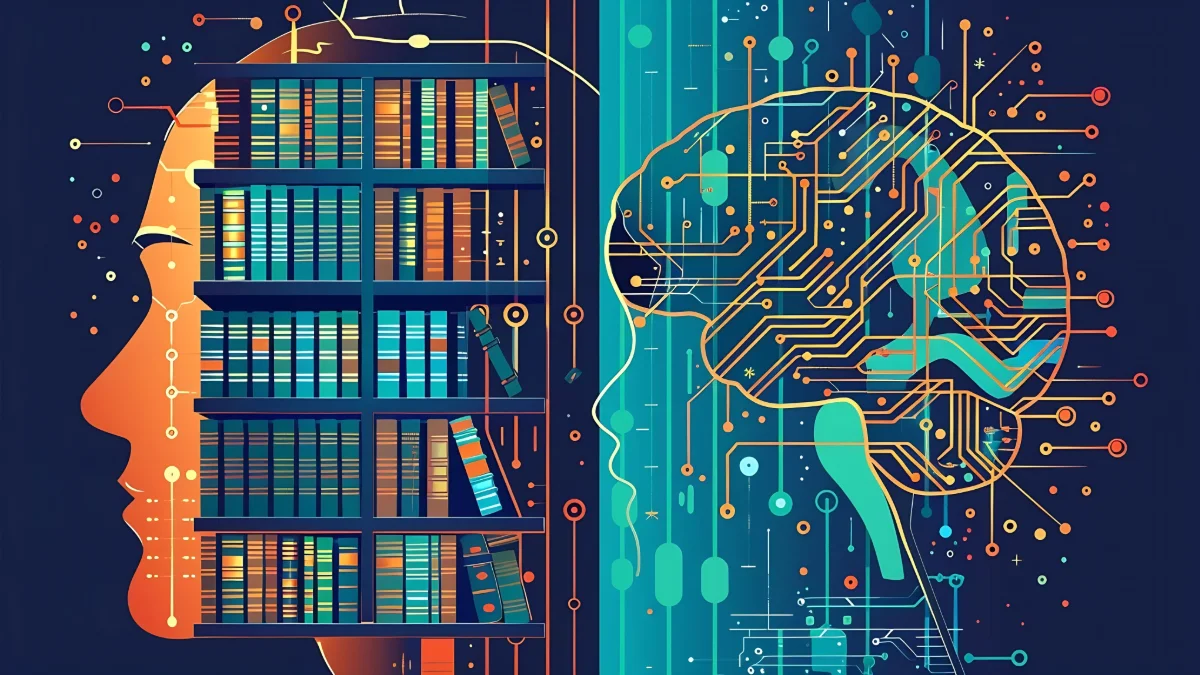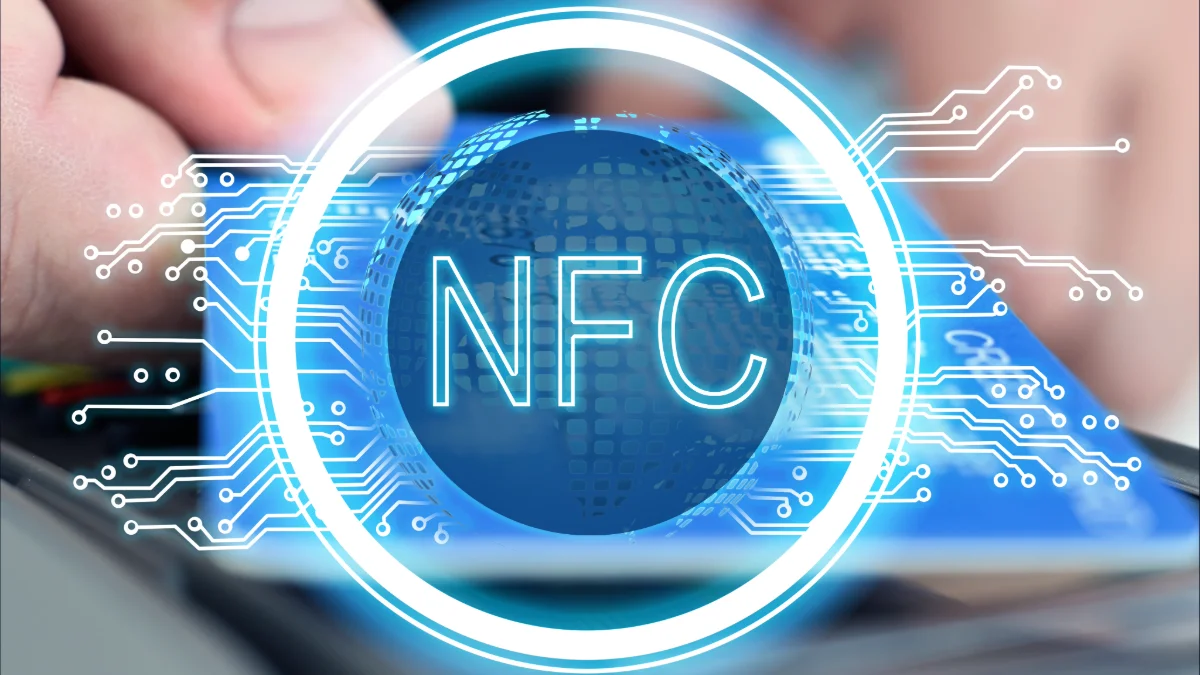1.
What Is a Large Language Model (LLM)?
Large Language Models, abbreviated as LLMs, refer to AI-powered deep learning models such as ChatGPT. This term, translated into Turkish as “Büyük Dil Modelleri,” will be explained in detail throughout the following sections. Continue reading to discover what an LLM is, how it works, its types, the differences and similarities with NLP, and how it can be integrated with cloud-based systems.
The question “What is an LLM?”—briefly answered in the introduction—can also be described as an advanced AI model that blends deep learning techniques and functions using a subset of neural networks. Models such as ChatGPT and LaMDA are prime examples of large language models. BERT, however, is an encoder-based language understanding model that does not generate text directly. So, what can these tools do under the LLM business model? Let’s explore the answer below.
How LLMs Work
Those wondering “what is an LLM model” are often curious about how these systems function. As mentioned above, large language models (LLMs) are primarily based on deep neural networks trained with massive amounts of text data. These models learn linguistic patterns, semantic relationships, and contextual meanings to generate appropriate responses to given inputs. LLMs predict word sequences, sentence structures, and intent using statistical probabilities. Consequently, they can not only generate text but also perform tasks such as text classification, translation, summarization, and question answering.
The “learning” process of an LLM occurs in two main phases: pre-training and fine-tuning. During pre-training, the model learns the general structure of a language using an extensive dataset. In the fine-tuning phase, it is optimized with domain-specific data for a particular task or industry. As a result of these two processes, the model produces more accurate and contextually appropriate responses.
2.
What Are the Types of LLMs?
Although all large language models share similar architectures, they can serve different purposes depending on their design. The term “language representation model” generally refers to encoder-based systems, while LLMs are employed in generative roles. The most common categories include generative, language understanding (encoder), multimodal, and domain-specific models. “Zero-shot” is not a model type but rather a problem-solving capability. The most common LLM types are listed below.
- Language Representation Model: Examples include models from the GPT family (such as ChatGPT). Based on a “Generative Pre-trained Transformer” structure, this AI system is designed to understand human language and generate contextually relevant content. Models like BERT and RoBERTa are typically used for language comprehension and representation rather than text generation.
- Zero-shot Model: As the name suggests, this type of LLM can generate text without being specifically trained for a given task, inferring results from its existing knowledge. GPT-3, with its “zero-shot” capabilities, is one of the best-known examples—it can answer questions, translate text, and handle complex tasks with minimal fine-tuning.
- Multimodal Model: These models can process both textual and visual data. For example, CLIP can associate text with images and operate bidirectionally in “text-to-image” or “image-to-text” modes.
- Fine-Tuned (Domain-Specific) Model: These are customized versions of pre-trained language representation models. They are retrained with domain-specific data to enhance performance in specialized fields—for instance, BioGPT for medical reports and LegalBERT for legal documents.

3.
The Relationship Between NLP and LLM: Similarities and Differences
In this article on “what is a large language model”, you’ll also find insights into the relationship between NLP and LLM concepts.
Natural Language Processing (NLP) is a branch of AI that enables computers to understand, analyze, and interpret human language. NLP methods combine grammar, statistics, and machine learning techniques to perform a range of tasks—from text analysis to generation. Within this framework, LLMs can be used for both analytical and generative purposes. Examples include email filtering systems, social media sentiment analysis tools, and virtual assistants like Siri and Alexa. The main goal of NLP is not only to parse natural language but also to accurately interpret user intent.
Conversely, a Large Language Model (LLM) is a deep learning model built upon NLP principles but trained on much larger datasets and billions of parameters. Tools such as ChatGPT, GPT-4, PaLM, and Claude are examples of LLMs. These models don’t just analyze language—they can also generate new content, write code, summarize text, and hold human-like conversations. In other words, LLMs possess a far more advanced structure than classical NLP systems in understanding context and performing complex tasks.
| Aspect |
LLM |
NLP |
| Definition |
Deep learning models trained on large datasets capable of generating human-like text. |
A field of AI that analyzes the structure of language to extract meaning and classification. |
| Core Objective |
To go beyond understanding and generate new texts and content. |
To convert natural language into a form understandable by computers. |
| Use Cases |
Chatbots, content creation, coding, text summarization. |
Text analysis, sentiment detection, translation, voice assistants. |
| Data Volume |
Models trained with billions of parameters and trillions of tokens, requiring immense computational power. |
Operates with smaller, task-specific datasets. |
| Technological Structure |
Large-scale neural networks based on Transformer architecture. |
Statistical, rule-based, or classical machine learning techniques. |
4.
Top LLM Models, Key Features, and Use Cases
The table below highlights detailed information about the best LLM models.
| Model |
Developer |
Key Feature |
Main Use Case |
Model Type |
| OpenAI GPT |
OpenAI |
Large-scale text generation and versatile language capability |
Content creation, chatbots, text summarization, coding |
Generative |
| Anthropic Claude |
Anthropic |
Ethical and safe response generation |
Customer service, enterprise assistants, content moderation |
Generative / Safety-tuned |
| Meta LLaMA |
Meta |
Open-source, resource-efficient architecture |
Academic research, developer projects, experimental applications |
Generative / Research-focused |
| BERT |
Google |
Bidirectional language understanding and contextual analysis |
Search engine optimization, sentiment analysis, language classification |
Masked Language Model / Encoder |
| Microsoft Research ORCA |
Microsoft Research |
Reasoning ability through teacher-based training data |
Model training, logical analysis, educational systems |
Reasoning-tuned / Generative |
5.
Key Considerations When Choosing an LLM
Before selecting any LLM tool, several factors should be evaluated—starting with the purpose of use. Will you use the LLM for content creation, customer service, data analysis, or something else? The answers to these questions are crucial, as model size and parameter count will depend on them. Consequently, this will affect costs on either cloud-based systems or local infrastructure. Therefore, factors such as cloud compatibility, scalability, cost, and ease of integration are all critical for selecting the right LLM.
6.
Methods for Maximizing Efficiency from Cloud-Based LLM Models
Large language models powered by LLM technology are transforming not only individual user experiences but also corporate operational processes. From customer support to content generation, from data analysis to decision support systems, LLM-based solutions have become true differentiators. The integration of these technologies with cloud-based platforms lies at the core of future digital transformation strategies.
Cloud infrastructures provide high computational power, scalability, and flexibility for training and inference processes of LLMs. They also offer advantages in data security, resource management, and optimization; however, they are not always “more efficient” than on-premise systems. At this point, managed container platforms such as Container as a Service (CaaS) enable ML and LLM workloads to be containerized, deployed, and managed at scale on Kubernetes (K8s). This allows organizations to save time in model development and deployment while reducing operational costs.
In the meantime, you might also be interested in our article titled What Is Kubernetes and How Does It Work?















